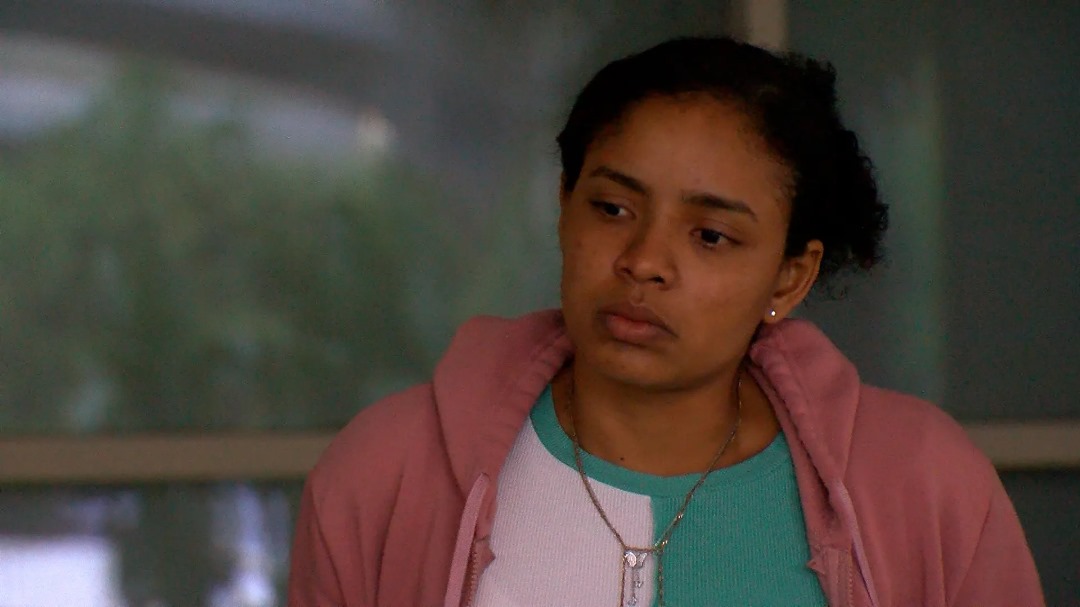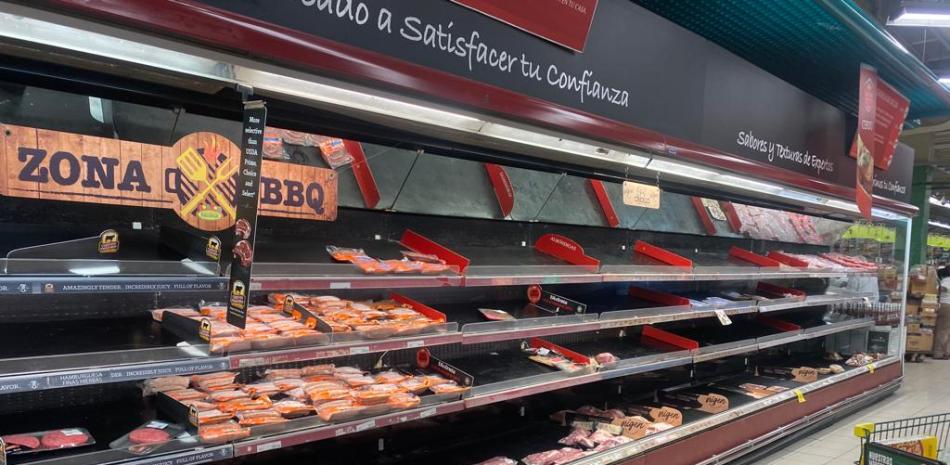After California regulators approved the expansion of driverless taxi services in San Francisco earlier this month, it took only a little more than 24 hours for a series of events to begin that seemed to justify the taxis’ detractors.
The day after the vote, 10 autonomous vehicles operated by Cruise, a subsidiary of General Motors, abruptly stopped functioning in the middle of a busy street in the North Beach neighborhood of San Francisco. Posts to social media showed the cars jammed up, their hazard lights flashing, blocking traffic for 15 minutes.
A few days later, another Cruise vehicle drove into a paving project in the Western Addition and got stuck in freshly poured concrete.
And then last week, a Cruise car collided with a fire truck in the city, injuring a passenger in the car.
So it was that last Friday Cruise agreed to a request from the California Department of Motor Vehicles to cut in half the number of vehicles it operated in San Francisco, even though regulatory approval for more remained in place. The company, which has had 400 driverless vehicles operating in the city, will now have no more than 50 cars running during the day and 150 at night.
Cruise is one of two companies — the other is Waymo, owned by Alphabet, Google’s parent company — that can now charge for rides in their autonomous vehicles 24 hours a day in San Francisco. Before the approval, which came by way of a 3-to-1 vote of the California Public Utilities Commission, Cruise offered its paid services only at night, and only in parts of the city; Waymo offered only free rides.
Drew Pusateri, a spokesman for Cruise, said in a statement over the weekend that Cruise “positively impacts overall road safety” compared with other vehicles on the roads and their injury and fatality rates. He said the company would provide state officials with “any data they need to reinforce the safety and efficiency of our fleet.”
But to many San Francisco officials, activists and residents, the recent episodes made clear that the cars can be a danger.
When Cruise and Waymo pitched their cars to regulators in December, road safety was a crucial component of their argument. Unlike some human drivers, the artificial intelligence running the vehicles abides by speed limits and doesn’t get distracted, the companies maintained. The two companies have said that in their first million miles of fully autonomous driving, there were no fatalities or life-threatening injuries.
City agencies, however, have repeatedly raised concerns about the potential for the vehicles to impede emergency responders. Officials have documented dozens of incidents in which a driverless car interfered with emergency vehicles, including one instance when firefighters were battling a house fire.
That kind of obstruction could be a matter of life and death, according to the chief of the San Francisco Fire Department, Jeanine Nicholson. The president of the city’s board of supervisors, Aaron Peskin, said the North Beach incident had sent “chills down our first responders’ collective spines.”
At the same time, many advocates bristle at the idea that it is up to state regulators to decide part of the city’s cultural and economic future. Public transportation and bicycle proponents have protested adding more vehicles to the city’s streets. And San Francisco taxi drivers are concerned that the technology will replace their jobs, while passengers will no longer be able to rely on a driver for help with luggage and groceries, or getting in and out of the car.
Last week, before the D.M.V. asked Cruise to reduce the number of its vehicles operating in the city, San Francisco’s city attorney, David Chiu, filed motions asking the utilities commission to halt the expansion altogether until agencies in San Francisco could apply for the commission to rehear the expansion proposal. According to state law, the commission must respond to the city’s motions within 15 days.
Cruise will operate at reduced capacity at least until the D.M.V. completes an investigation of the vehicles’ safety. In a statement last week, the department said it reserved the right “to suspend or revoke testing and/or deployment permits if there is determined to be an unreasonable risk to public safety.”
In the meantime, the debate will go on.
Yiwen Lu is a technology reporter in the San Francisco bureau.
Where we’re traveling
Today’s tip comes from Todd Hayes, who lives in the Bay Area. Todd recommends a visit to the Mendocino coast, which he calls “a nice break from the urban life of the Bay Area”:
“Gualala Point Regional Park — Love walking the trails there. Plenty of native plants and great views of the Gualala River and the Pacific Ocean.
Four-Eyed Frog Books in Gualala — A rare independent bookstore where I can usually find a book that I won’t find easily online or at a big-box bookstore.
Small independent restaurants and coffee shops from Gualala, Anchor Bay, Point Arena and up the coast to Mendocino: They are each unique in their own way, making them a treat to explore.
Bowling Ball Beach — Virtually unused except by some of the locals. Difficult to access but worth the trouble. Large, round boulders have rolled from the cliffs onto some amazing tide pools that extend as far as you can see. The beach isn’t terribly wide, but it’s long and isolated. Come at low tide. Don’t get caught at high tide.
Tell us about your favorite places to visit in California. Email your suggestions to CAtoday@nytimes.com. We’ll be sharing more in upcoming editions of the newsletter.
And before you go, some good news
Today, Gov. Gavin Newsom and his wife, Jennifer Siebel Newsom, will induct the 16th class of honorees into the California Hall of Fame. The class includes the actress Carrie Fisher, the singer Etta James, the L.A. Dodgers broadcaster Vin Scully and others.
“Each one of these pioneers has uniquely impacted California through their boundless creativity, perseverance and courage — encapsulating the California dream through their lives and legacies,” Siebel Newsom said in a statement.
You can watch the ceremony at 6 p.m. on the governor’s account on X, formerly known as Twitter, or on the California Museum’s YouTube page.





